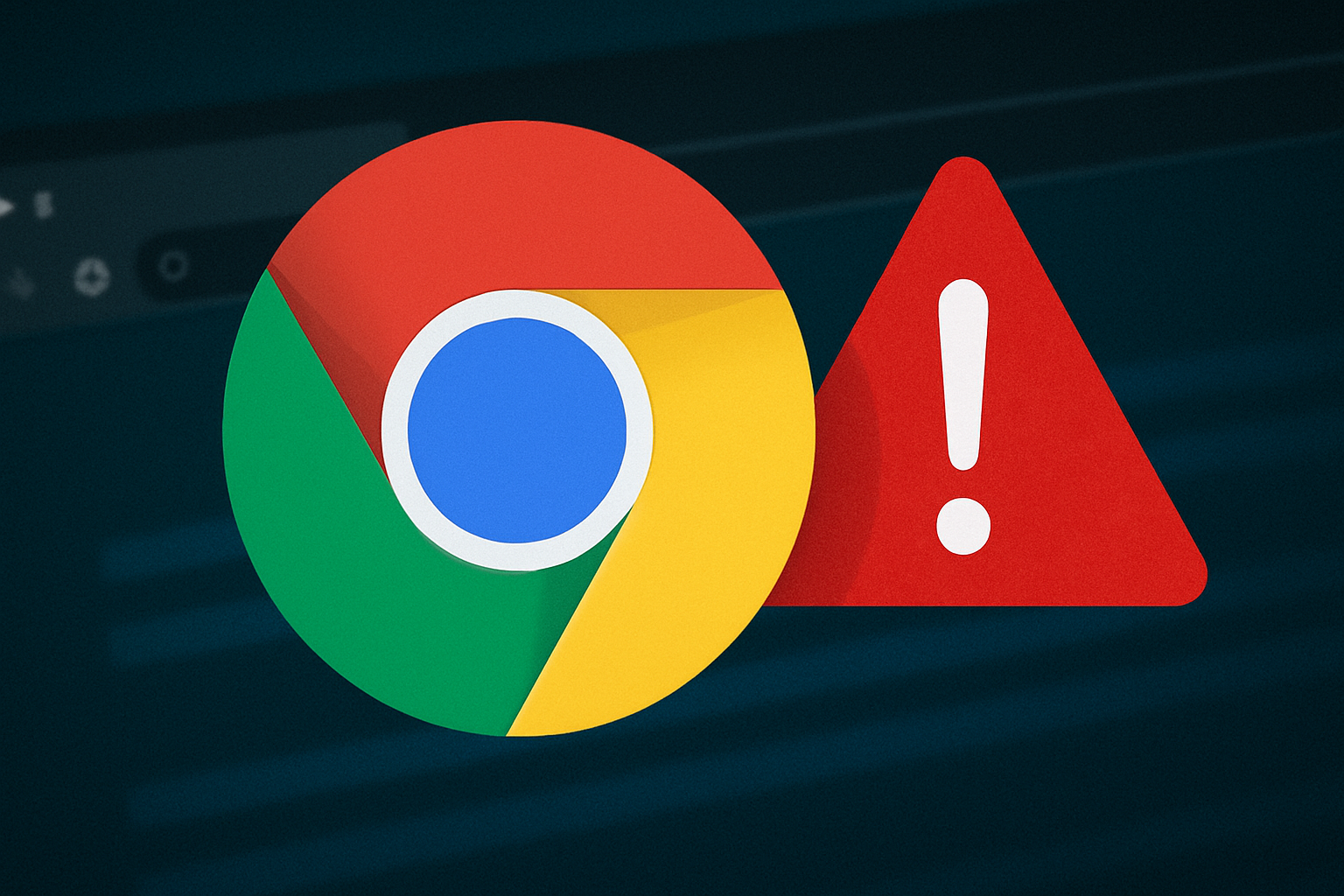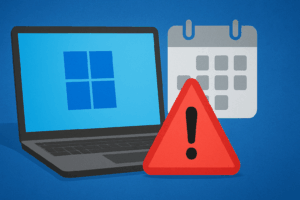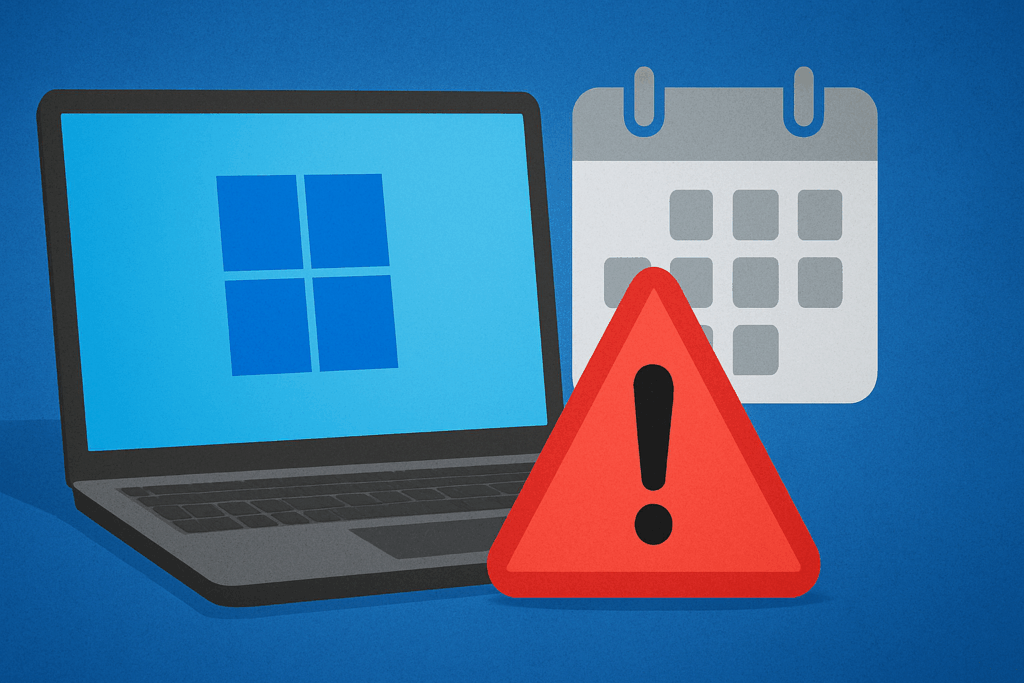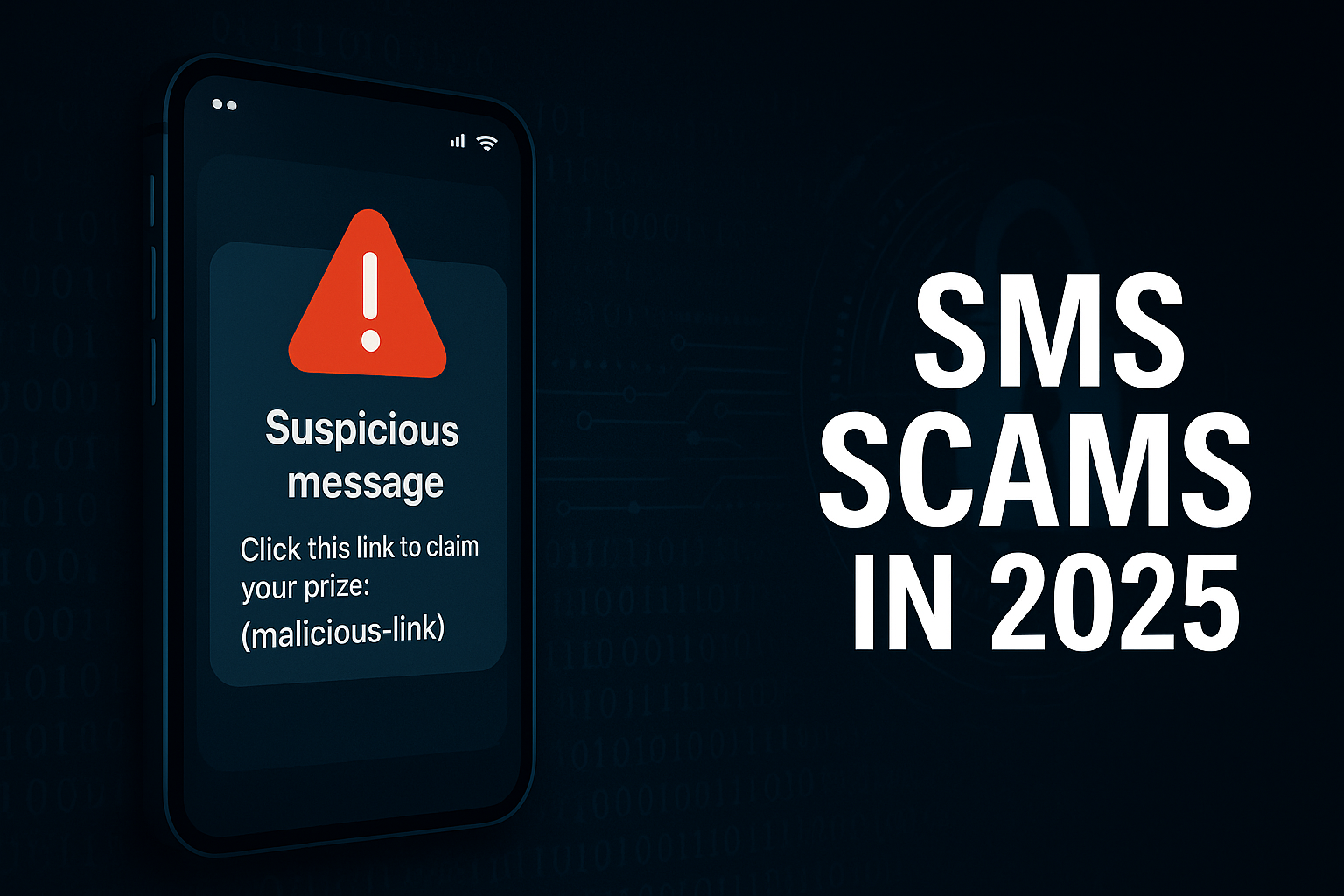Google has rolled out an emergency update for its Chrome browser, addressing a critical zero-day vulnerability tracked as CVE-2025-10585. The flaw, found in Chrome’s V8 JavaScript and WebAssembly engine, is already being actively exploited in the wild, making this patch a top priority for both individual users and enterprise IT teams.
What We Know About CVE-2025-10585
CVE-2025-10585 is a type-confusion vulnerability in V8. In simple terms, type confusion occurs when a program mistakenly processes data as the wrong type, leading to memory corruption. This weakness can allow attackers to crash the browser or, in more severe cases, execute arbitrary code. That means a carefully crafted malicious website could take over the browser process — a nightmare scenario for security teams.
A Race Against Exploits
What makes this case particularly urgent is Google’s confirmation that the bug is already being exploited. While details about the attackers or specific campaigns are still limited, the company’s Threat Analysis Group (TAG) flagged the exploit as live.
In line with its standard policy, Google has withheld full technical details until a majority of users apply the patch, to prevent opportunistic attackers from weaponizing the flaw even further.
Who Is Affected?
The zero-day impacts all major desktop platforms:
- Windows and macOS: Patched in Chrome 140.0.7339.185/.186
- Linux: Patched in Chrome 140.0.7339.185
Users running any version below these builds remain exposed. Chromium-based browsers such as Microsoft Edge, Brave, and Opera may also be affected and are expected to release their own updates.
How to Protect Yourself Right Now
-
Update Chrome Immediately:
Go toMenu > Help > About Google Chrome. The browser will check for updates and install automatically. Restart Chrome to apply changes. -
Update Enterprise Environments:
System administrators should push the patched version via endpoint management tools, and confirm deployments across the network. -
Monitor for Suspicious Activity:
Given that exploitation is active, defenders should keep an eye on logs for unusual browser behavior or process activity. -
Stay Informed:
Watch for follow-up advisories from Google, as more technical details and possible Indicators of Compromise (IoCs) may be released once user adoption reaches safe levels.
The Bigger Picture
CVE-2025-10585 is just the latest in a series of Chrome zero-days patched in 2025. Attackers continue to target browser engines like V8 because of their complexity and direct exposure to untrusted web content.
For end users, the lesson is simple: browser updates are not optional. For enterprises, patch management and continuous monitoring remain key to reducing exposure windows when zero-days like this surface.
Bottom Line
The discovery and exploitation of CVE-2025-10585 underline a growing reality: browsers are now among the most critical components in every digital environment. With Google confirming that attackers are already abusing this flaw, updating Chrome is not just recommended — it’s essential.
Stay safe, stay updated, and keep security patches at the top of your to-do list.







